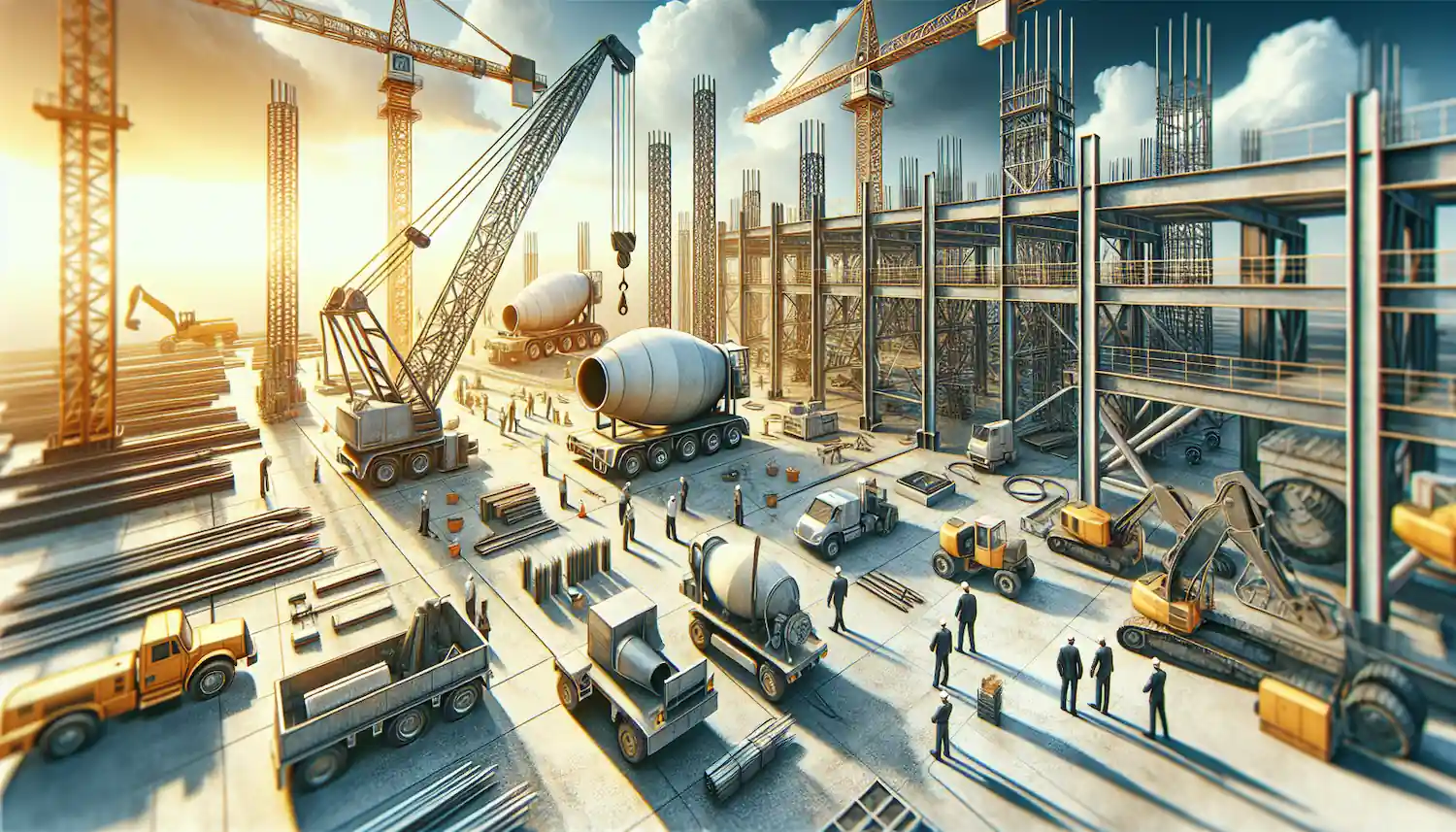Affordable Heavy Equipment Parts: A Sourcing Guide

This guide aims to help you navigate the world of heavy equipment parts, focusing on strategies to source quality components at competitive prices.
You'll discover effective ways to find and evaluate affordable parts for your heavy equipment. We'll cover topics such as understanding different types of parts, from tracks and radiators to cylinders and transmissions.
You'll learn how to assess the reliability of used parts and explore options for various brands, including Hyundai and Volvo heavy equipment parts. By the end of this guide, you'll have the knowledge to make informed decisions about sourcing and maintaining your construction equipment parts, helping you to keep your machinery in top shape while managing costs effectively.

Understanding Heavy Equipment Parts
Heavy equipment parts are essential components that keep construction and industrial machinery running smoothly. These parts range from blades and buckets to tracks and tires, each playing a crucial role in the equipment's functionality. You'll encounter two main types of parts: OEM (Original Equipment Manufacturer) and aftermarket.
OEM parts are produced by or in partnership with the original equipment manufacturer, often providing a precise fit for your machinery. They typically come with a higher price tag but may offer better performance and reliability. On the other hand, aftermarket heavy equipment parts are produced by third-party manufacturers and can be more affordable and readily available.

When choosing between OEM and aftermarket parts, consider factors such as your equipment's age, operating budget, and performance expectations. For older machinery, aftermarket parts might be your only option, as manufacturers may discontinue OEM parts for older models.
To get expert advice on sourcing the right heavy equipment replacement parts for your heavy equipment, contact MCH Parts for a free consultation and quote.
Strategies for Finding Affordable Parts
To find affordable heavy equipment parts, explore online marketplaces like Machinery Trader and Equipment Trader. These platforms offer free listings and verify sellers, making it easier to find reliable parts. Consider using IronPlanet, which manages listings and inspections on behalf of sellers, potentially leading to better deals.
Don't overlook the benefits of rebuilding parts. This process can be more cost-effective than multiple repairs, especially if repair costs exceed half the part's value. Rebuilding can also allow for upgrades and is typically less expensive than buying new. Remanufactured parts are another option to consider for affordable heavy equipment components.

When sourcing parts, consider both new and used options. Used parts can offer significant savings, but ensure they meet quality standards. Look for aftermarket parts suppliers with extensive inventories and experienced teams to help you find the right heavy machinery spare parts.
For a free consultation on sourcing machinery or parts and to get a free quote, contact MCH Parts.
Evaluating Part Quality and Reliability
To ensure the longevity and performance of your heavy equipment, it's crucial to evaluate the quality and reliability of parts. Look for parts that come with warranties, as they often indicate higher quality and provide protection against defects. Quality parts can save you money in the long run by reducing downtime and preventing premature failures.
Consider certifications like ISO 9001, which demonstrates a manufacturer's commitment to quality management. For automotive parts, look for certifications from organizations like CAPA or NSF International, which rigorously test components. These certifications help ensure that aftermarket parts meet or exceed OEM standards.
To get expert advice on evaluating part quality and reliability, contact MCH Parts for a free sourcing machinery or parts consultation and a free quote. They can help you find quality aftermarket parts, including belts, hoses, starters, batteries, air filters, oil filters, fuel injectors, fuel filters, and other engine components that offer durability and compatibility.
Maintaining Equipment to Reduce Parts Costs
Regular equipment maintenance is crucial to keep your heavy equipment running smoothly and reduce parts costs. A well-maintained machine lasts longer and requires fewer repairs. To ensure proper upkeep, create a comprehensive checklist that includes daily inspections, fluid checks, and tire pressure monitoring. Utilizing planned maintenance kits can also help streamline the process.

Implement a preventive maintenance program to catch issues before they become costly problems. This includes scheduling routine services, conducting visual inspections, and replacing parts proactively. Train your operators to use equipment efficiently, as improper use can lead to premature wear and increased maintenance costs. Proper maintenance can lead to improved equipment efficiency and longevity.
For expert advice on maintaining your heavy equipment and reducing parts costs, contact MCH Parts for a free sourcing machinery or parts consultation and a free quote. They can help guide your parts selection and provide warranty coverage to minimize downtime.
Conclusion
Sourcing affordable heavy equipment parts is crucial for maintaining machinery without breaking the bank. This guide has explored various strategies to find quality components at competitive prices, from understanding different types of parts to evaluating their reliability.
By considering factors such as OEM versus aftermarket options, rebuilding possibilities, and the benefits of proper maintenance, equipment managers can make informed decisions that balance cost and performance.
Ultimately, the key to keeping heavy machinery running smoothly lies in a combination of smart sourcing and proactive maintenance. By implementing the strategies discussed in this guide, businesses can extend the life of their equipment and reduce overall operating costs.
To take your equipment management to the next level, consider reaching out to MCH Parts for a free sourcing machinery or parts consultation, ensuring your business benefits from top-tier equipment and service. With the right approach, you can keep your heavy equipment in top shape while managing expenses effectively.
FAQ: Affordable Heavy Equipment Parts
1. What is the difference between OEM and aftermarket heavy equipment parts?
OEM (Original Equipment Manufacturer) parts are made by the original manufacturer of the machinery or by a certified partner. These parts ensure perfect compatibility and typically offer better performance and longevity. However, they are more expensive than aftermarket options.
Aftermarket parts, on the other hand, are produced by third-party manufacturers and are usually more affordable. The quality can vary depending on the supplier, but some aftermarket parts meet or even exceed OEM standards.
2. Are aftermarket heavy equipment parts reliable?
Yes, many aftermarket parts are reliable, especially when sourced from reputable suppliers. Some aftermarket manufacturers even improve upon OEM designs to offer enhanced durability. However, it’s essential to check for certifications like ISO 9001 and CAPA to ensure that you’re getting high-quality parts.
3. Where can I find affordable heavy equipment parts?
You can find affordable heavy equipment parts on several online platforms such as:
- Machinery Trader
- Equipment Trader
- IronPlanet These websites allow you to compare prices, verify sellers, and review part conditions, ensuring you find the best deal.
4. Can I use used or rebuilt heavy equipment parts?
Yes, using used or rebuilt parts is a cost-effective solution, especially when new parts are too expensive or unavailable. Make sure to inspect used parts for wear and ensure they meet OEM standards before purchasing.
5. What are remanufactured heavy equipment parts?
Remanufactured parts are components that have been restored to like-new condition. They undergo rigorous inspection, cleaning, and testing, and are often backed by warranties, making them a reliable and affordable alternative to new parts.
6. How can I reduce heavy equipment maintenance costs?
You can reduce maintenance costs by:
- Implementing preventive maintenance (regular inspections, fluid checks, and scheduled part replacements).
- Training operators on proper equipment usage to reduce wear and tear.
- Using maintenance kits that simplify regular servicing.
7. How do I ensure I’m buying high-quality heavy equipment parts?
To ensure quality, look for:
- Warranties, which offer protection against defects.
- Certifications like ISO 9001 that verify a manufacturer’s commitment to quality.
- Purchase parts from reputable suppliers with positive reviews and strong industry standings.
8. Should I buy heavy equipment parts in bulk?
Yes, buying parts in bulk is a good strategy for those managing a large fleet. Many suppliers offer discounts on bulk orders, which can significantly reduce overall part costs.
9. What is the best way to negotiate part prices with suppliers?
To negotiate prices, be upfront about your budget, and compare quotes from different suppliers. Mentioning long-term partnerships or bulk purchases can also give you leverage when asking for discounts.
10. How does preventive maintenance help reduce part costs?
Preventive maintenance helps catch minor issues before they lead to major breakdowns, reducing the need for costly emergency repairs. Regularly replacing filters, belts, and hoses can prevent larger, more expensive failures down the line.
Read More

Top Hydraulic Components for Agricultural Equipment in 2025: Complete Guide
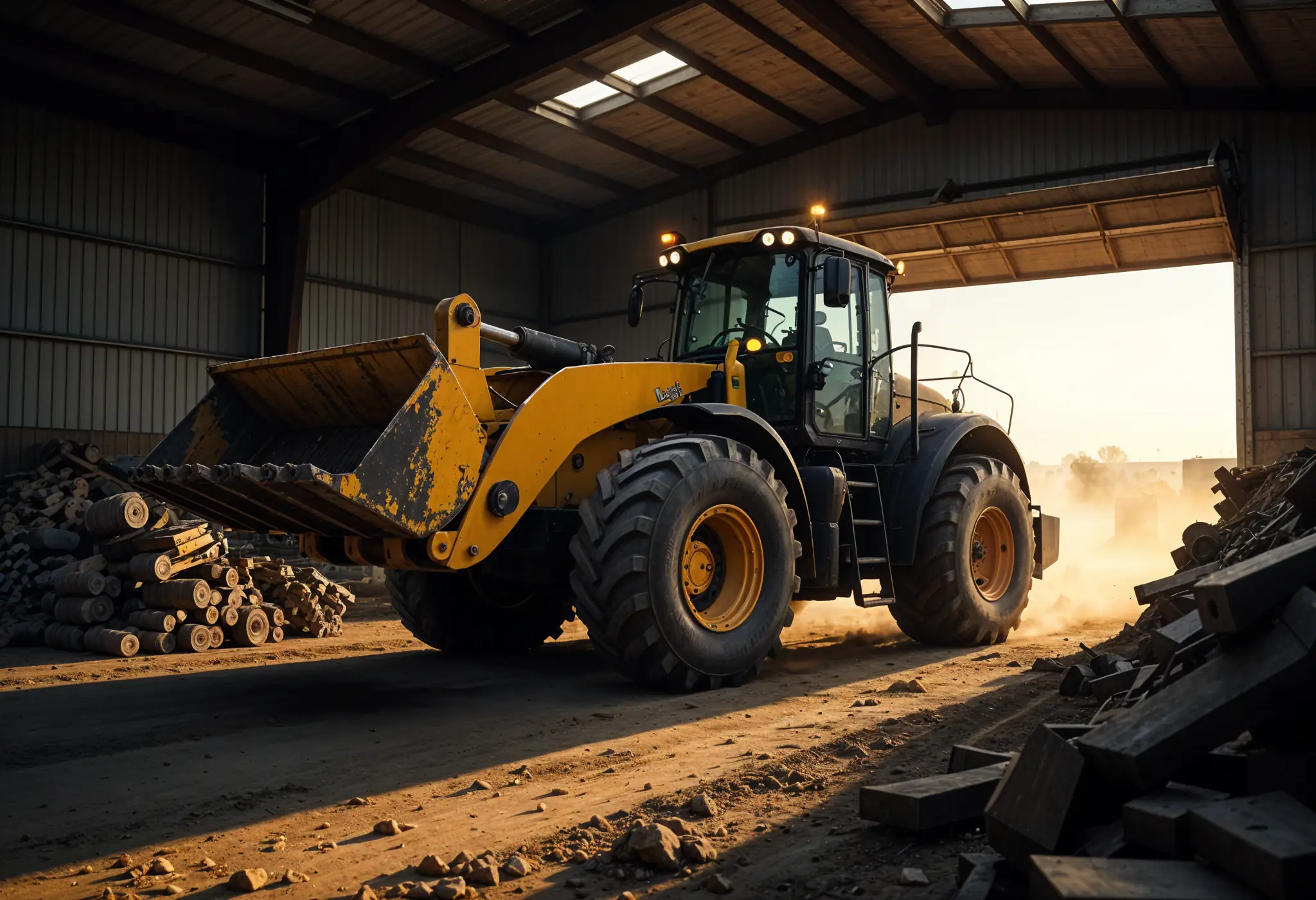
The Essential Farm Equipment Parts You Can't Afford to Run Out Of
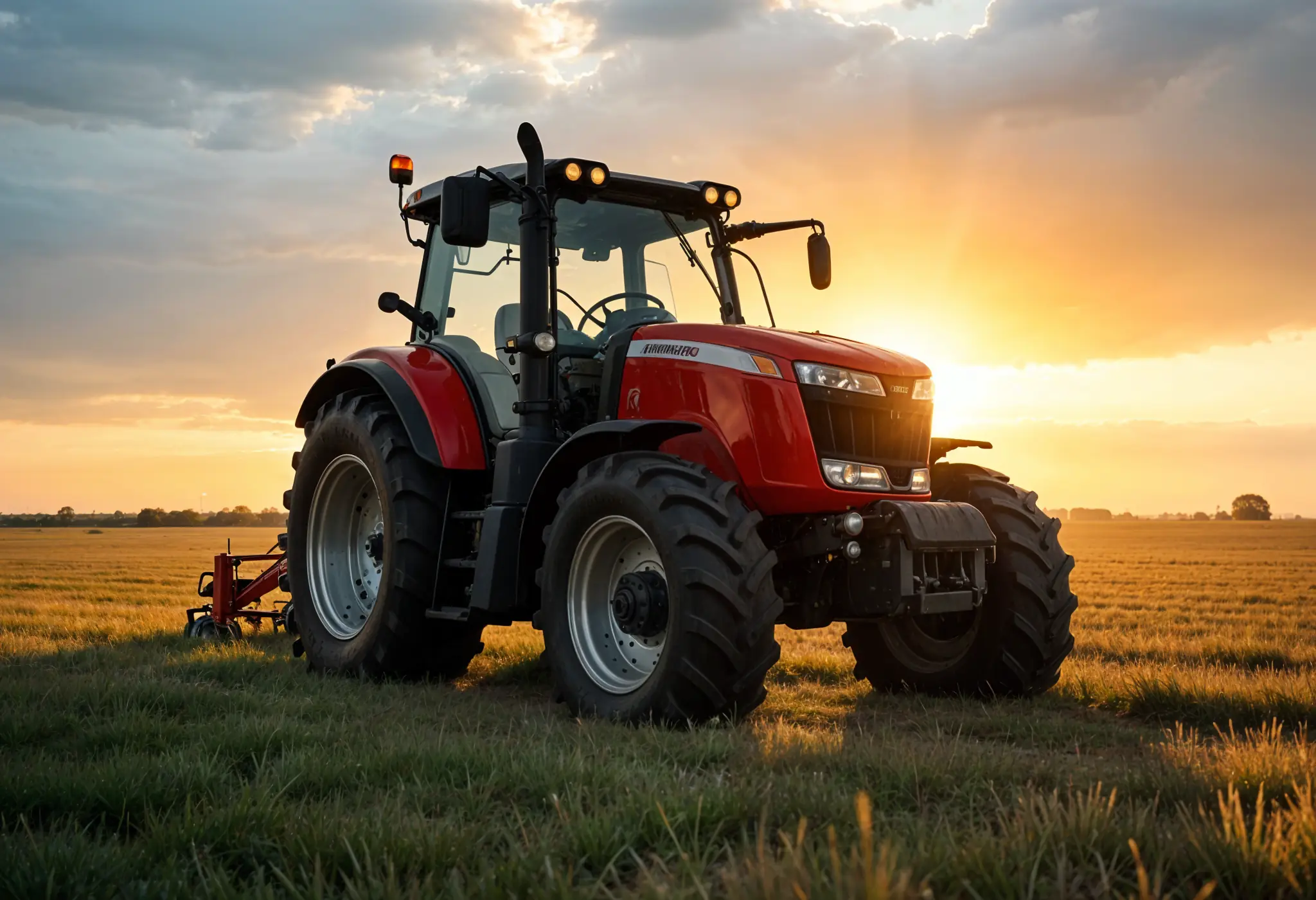
How to Service Farm Equipment: A Farmer's Guide to Zero Harvest Downtime
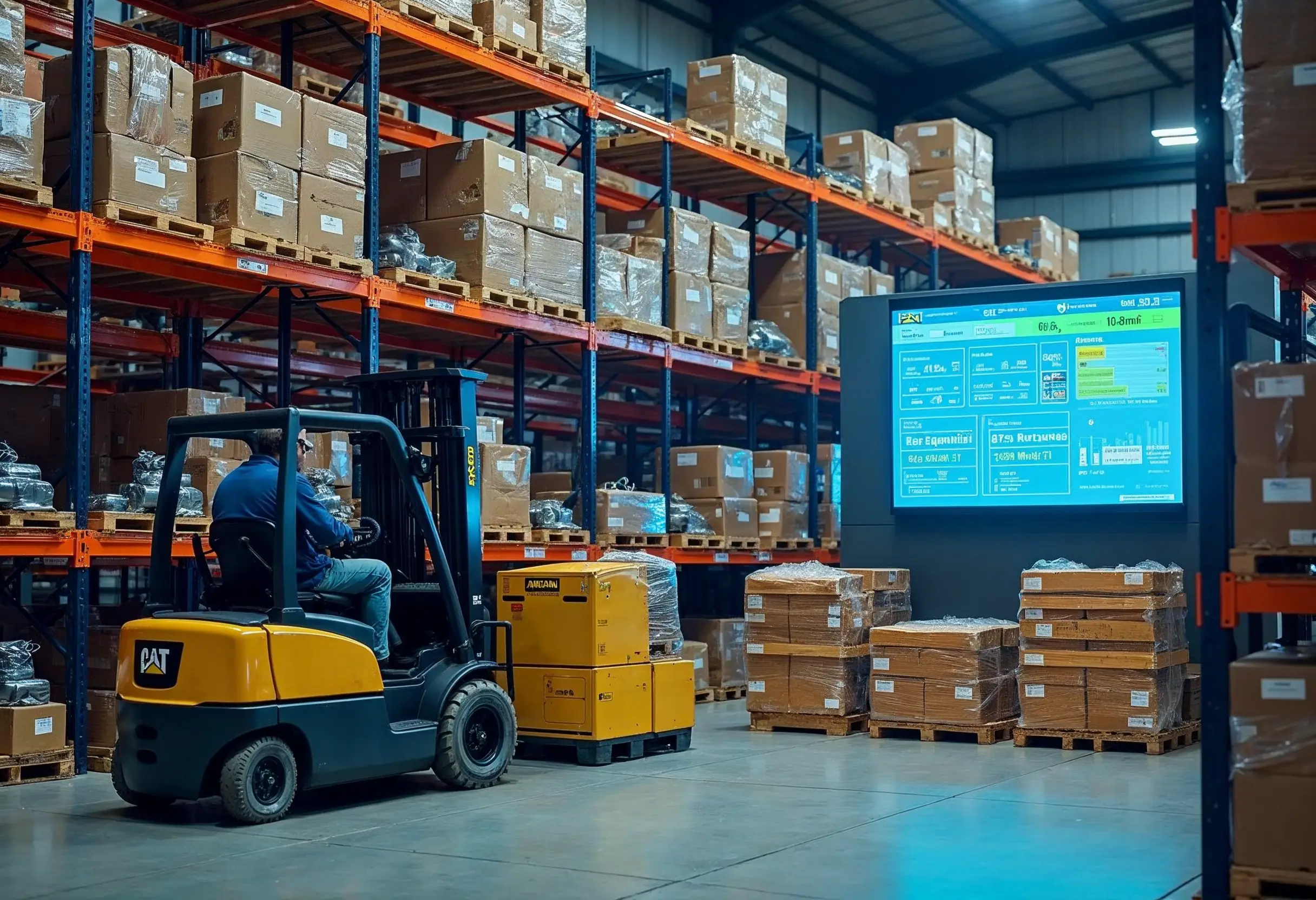
Construction Machinery Parts Suppliers: Expert Selection Guide
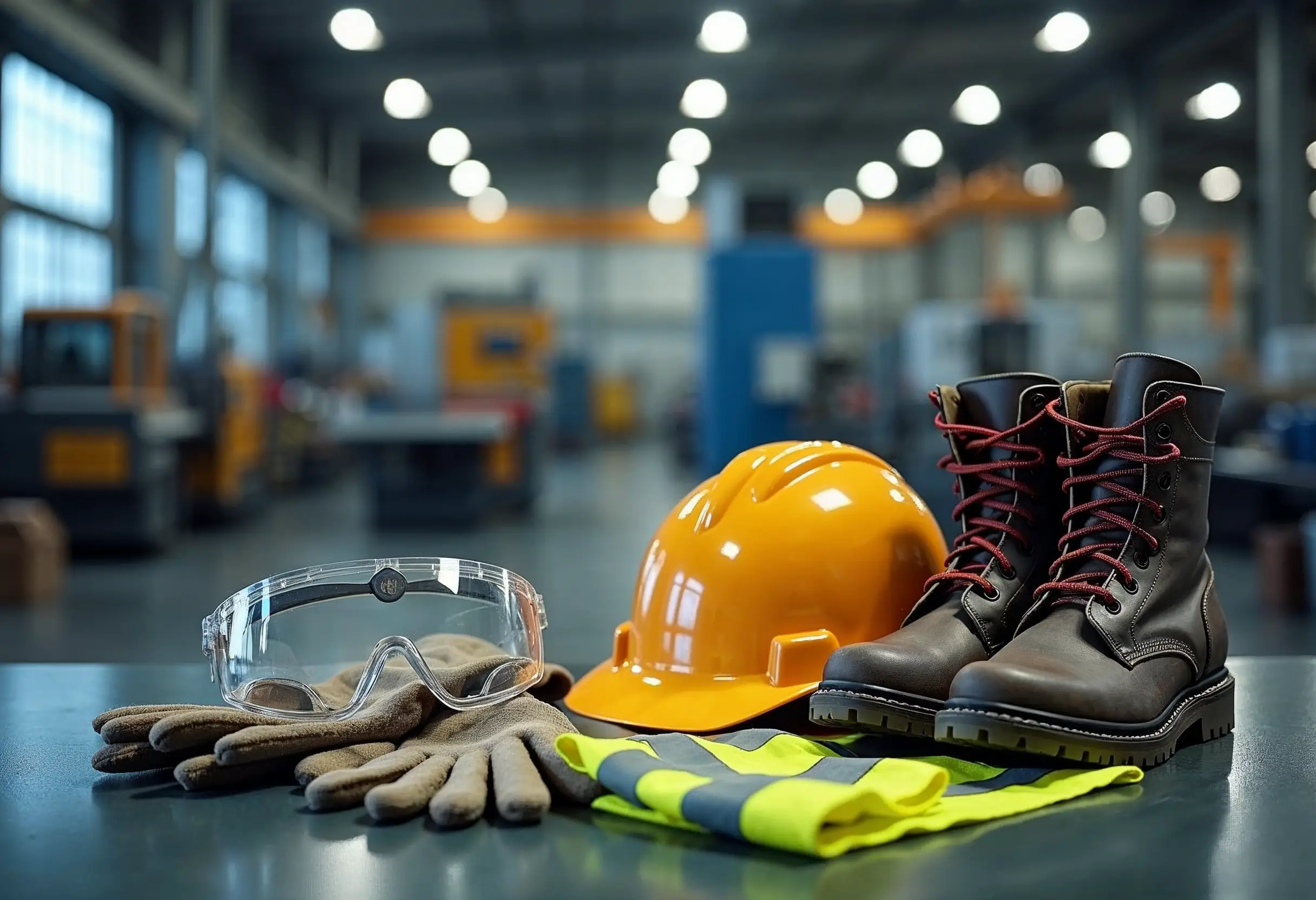
How to Apply Machine Safety Rules: From Selection to Installation

Smart Diagnostics Cut Heavy Equipment Failures by 73%

5 Ways to Assess the Environmental Impact of Heavy Construction Machinery

10 Smart Ways to Pick Construction Machinery for 2025 Projects
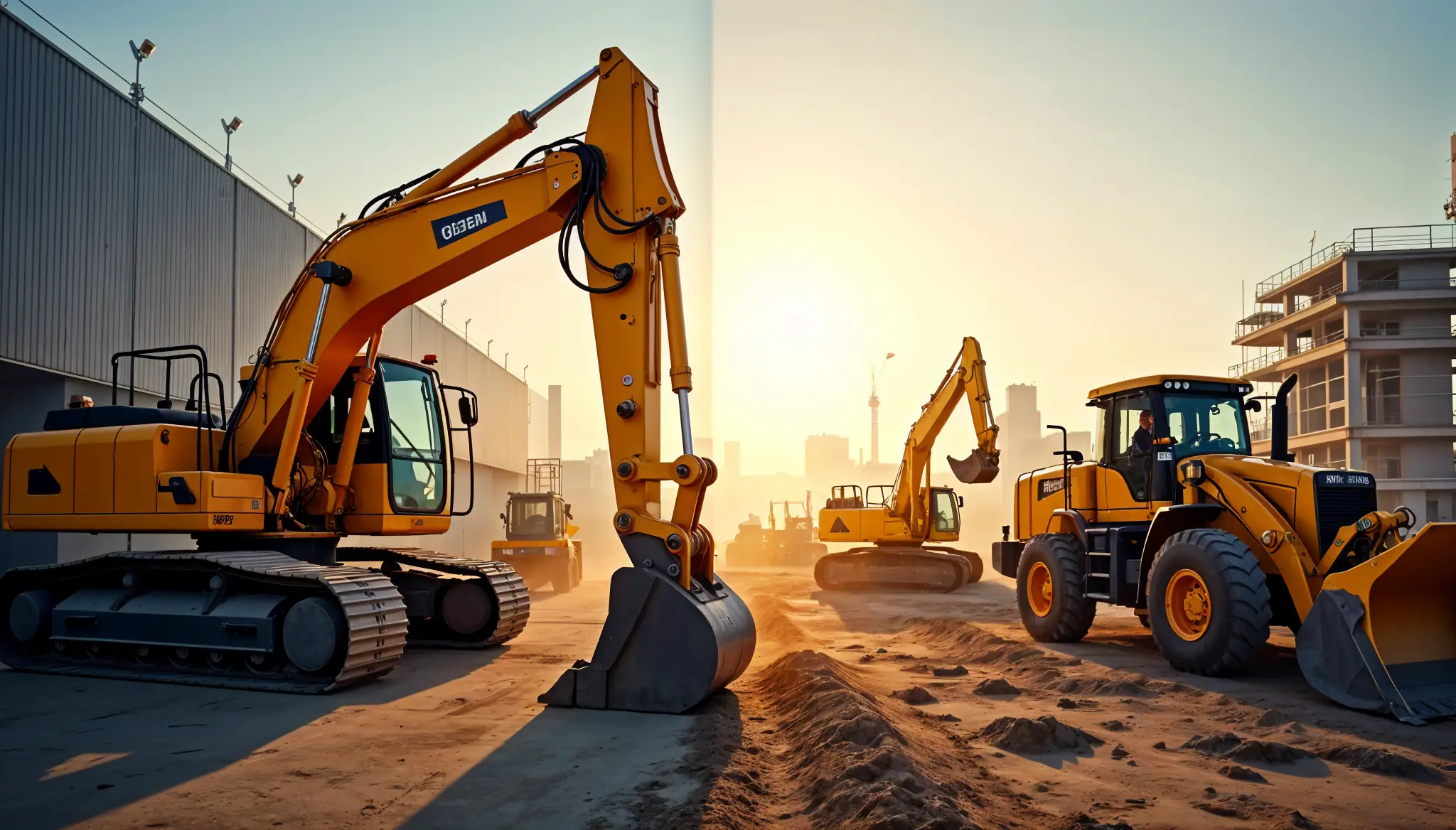
Rent vs Purchase Equipment: What Heavy Industry Experts Hide

How to Implement a Construction Inventory Management System for Equipment Efficiency

How to Extend Equipment Life Expectancy with Regular Maintenance
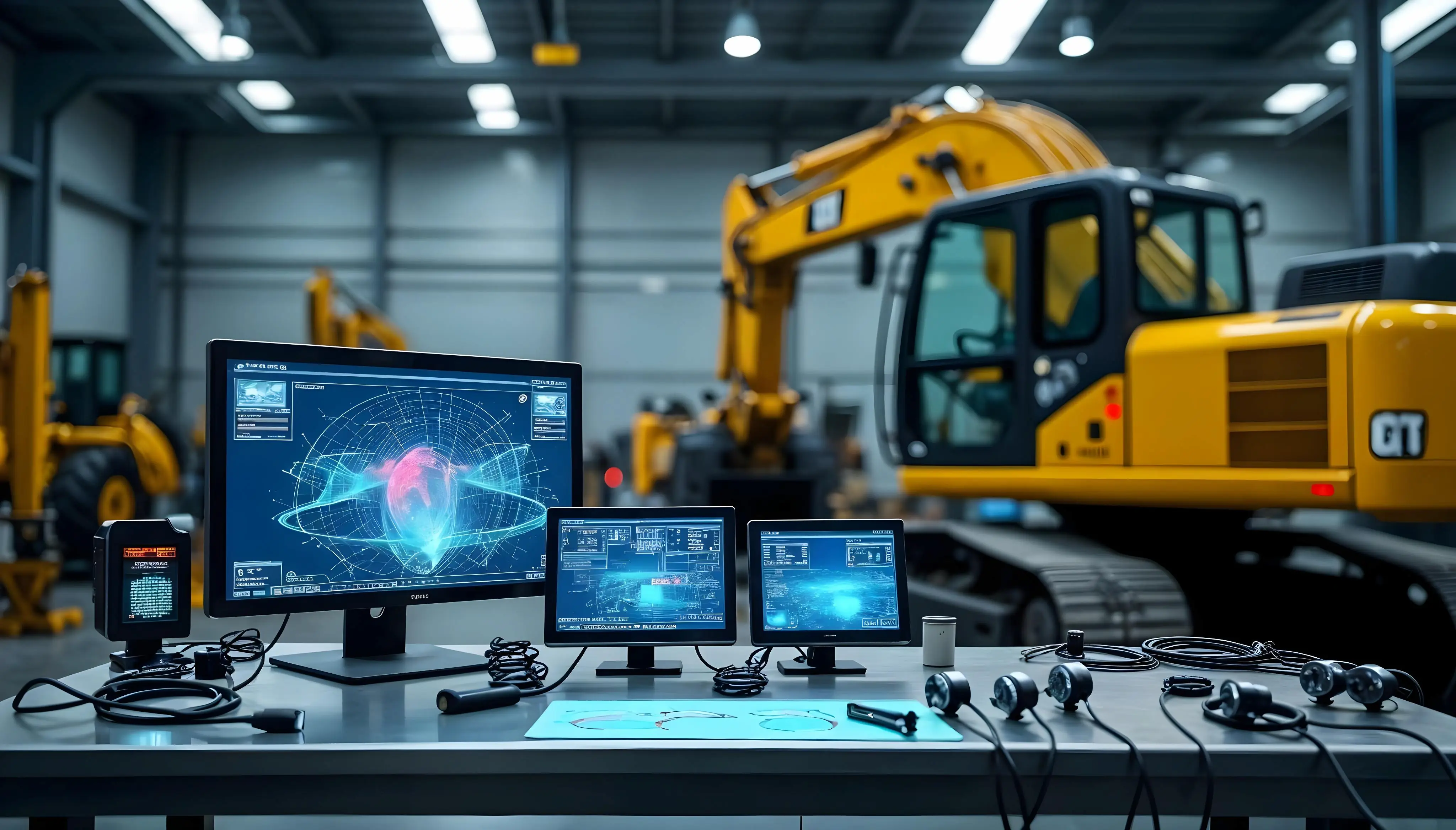
Advanced Heavy Equipment Diagnostic Tools: Ensuring Construction Machinery Quality
Essential Features Your Construction Equipment Inventory System Needs
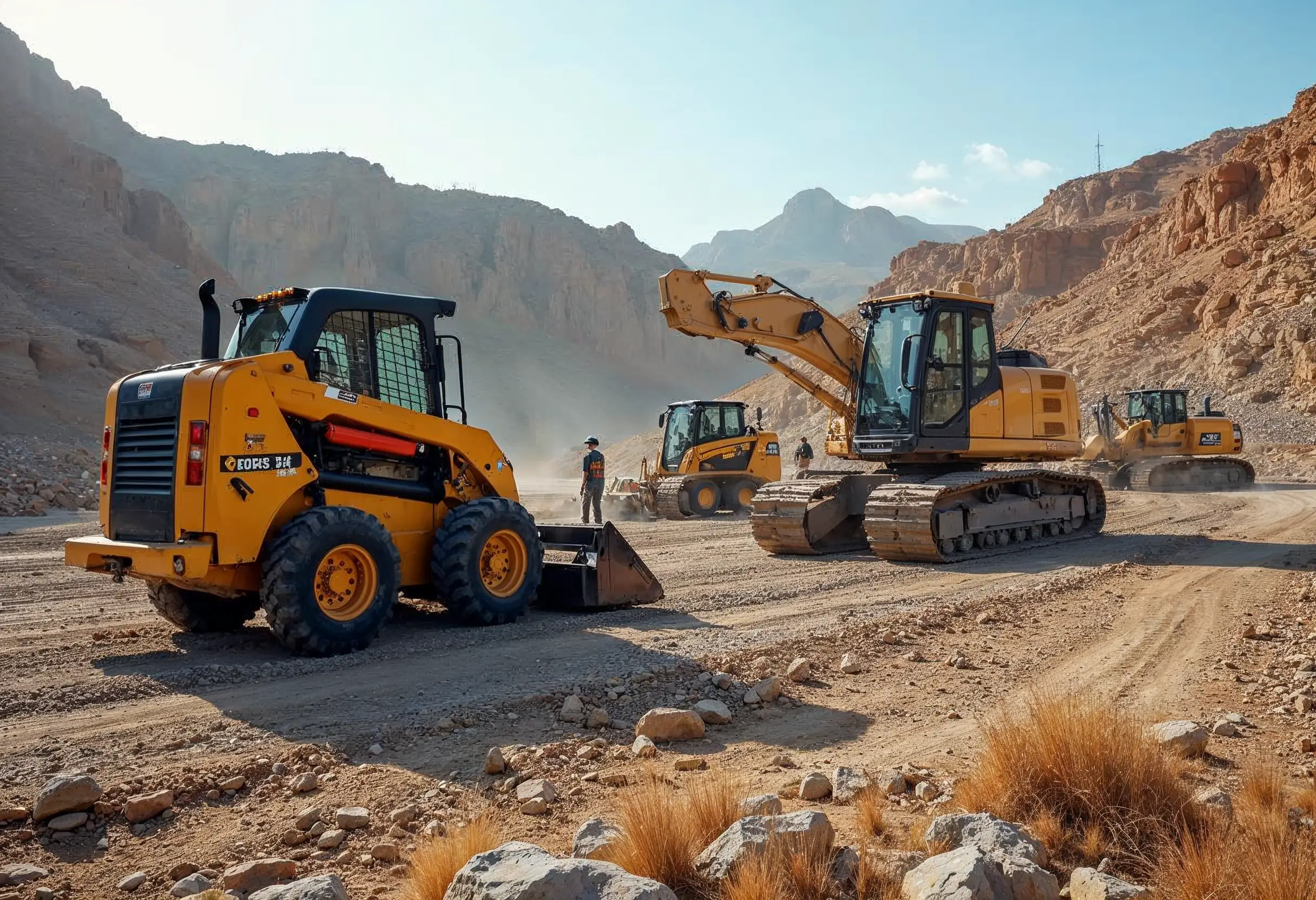
29 Quick Tips for Choosing Construction Equipment for Remote Locations

How to Select Construction Machinery with Optimal Equipment Maintenance in Mind
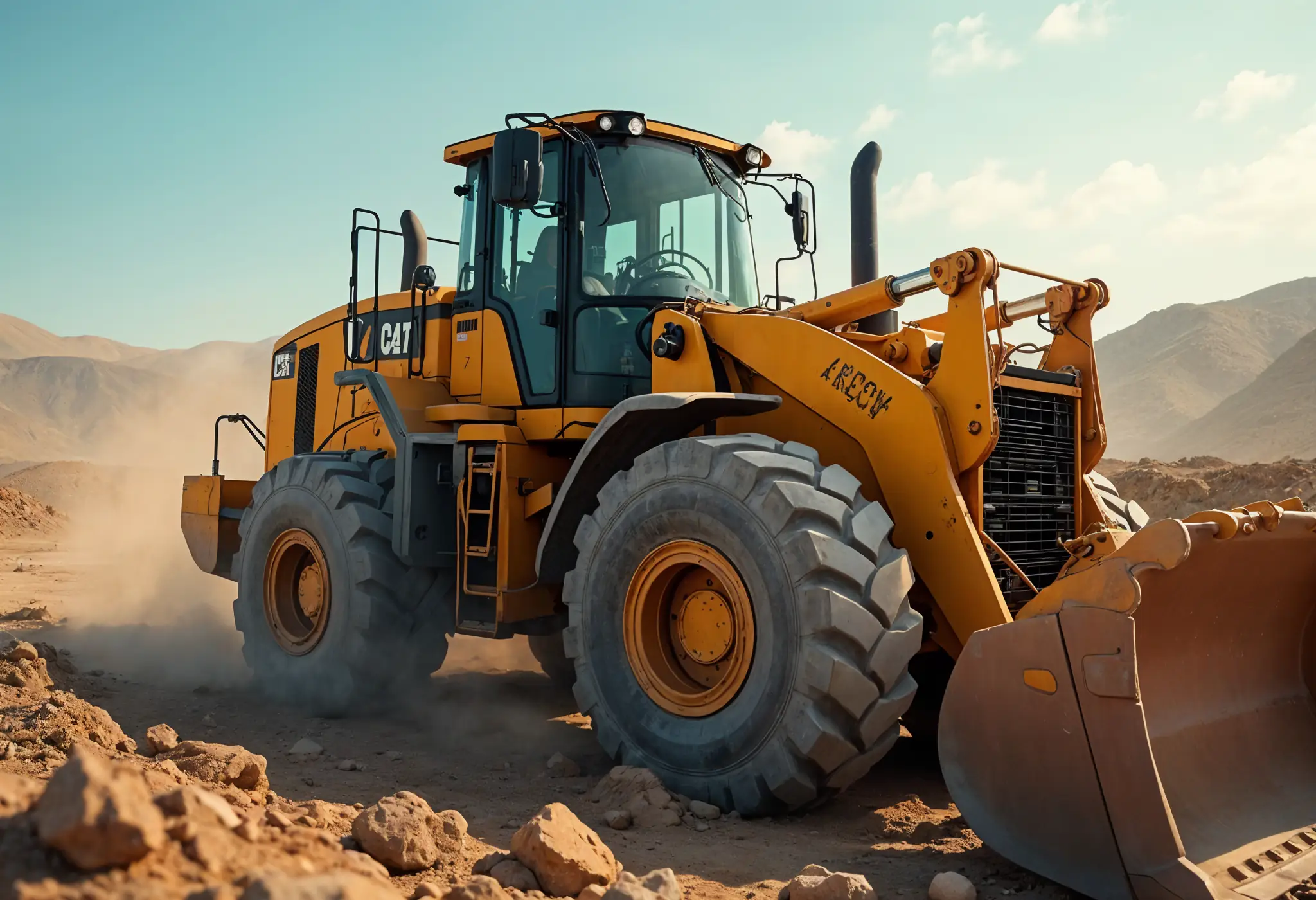
Top 25 Tips for Selecting Bulldozers for Construction Sites
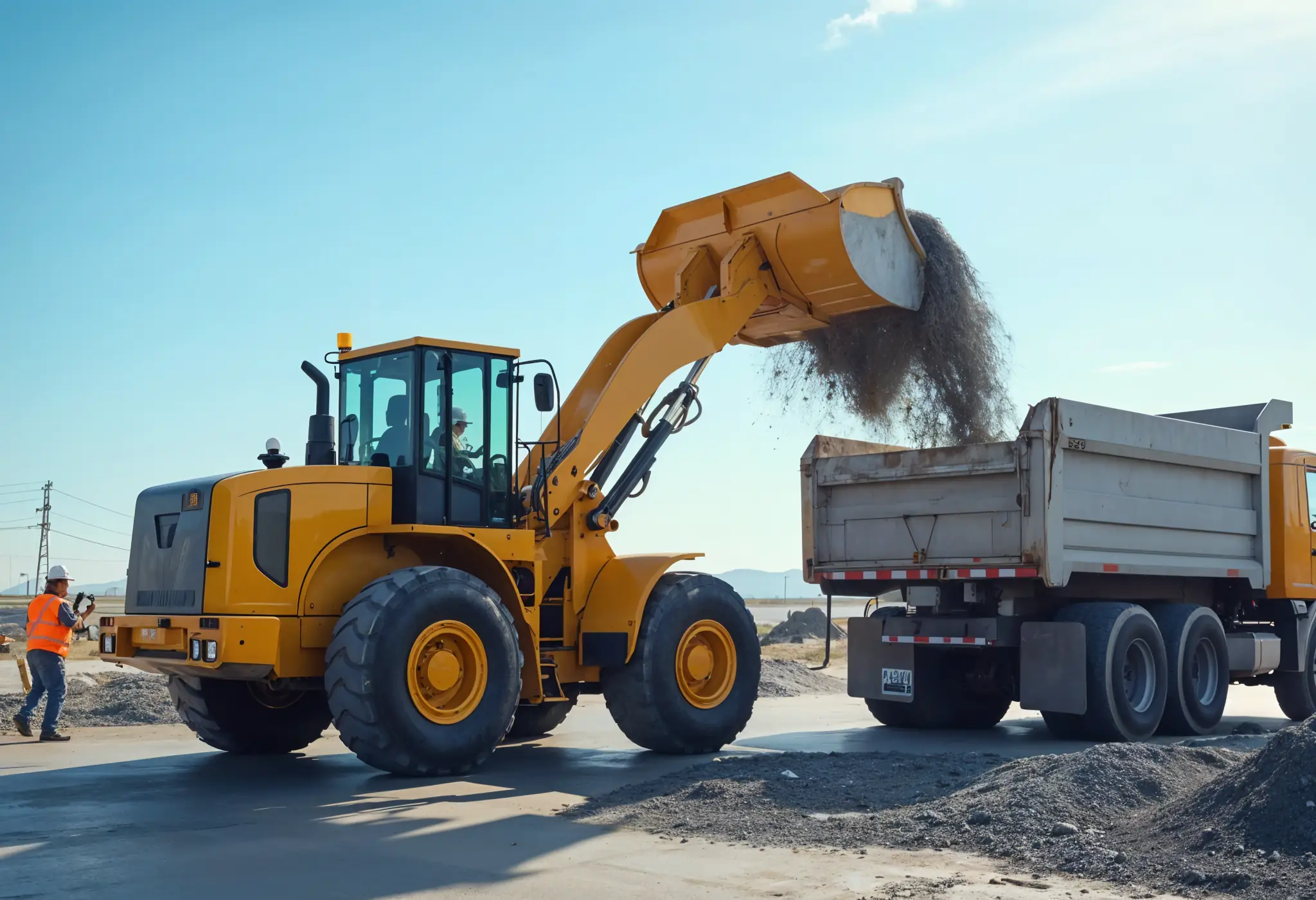
Which Construction Loader is Best for Your Project Needs?

4 Key Steps to Form a Construction Machinery QC Team

15 Essential Tips for Selecting the Perfect Crane for Construction

Maximize Savings: Multi-Purpose Construction Machinery for Lower Costs

Affordable Heavy Equipment Parts: A Sourcing Guide
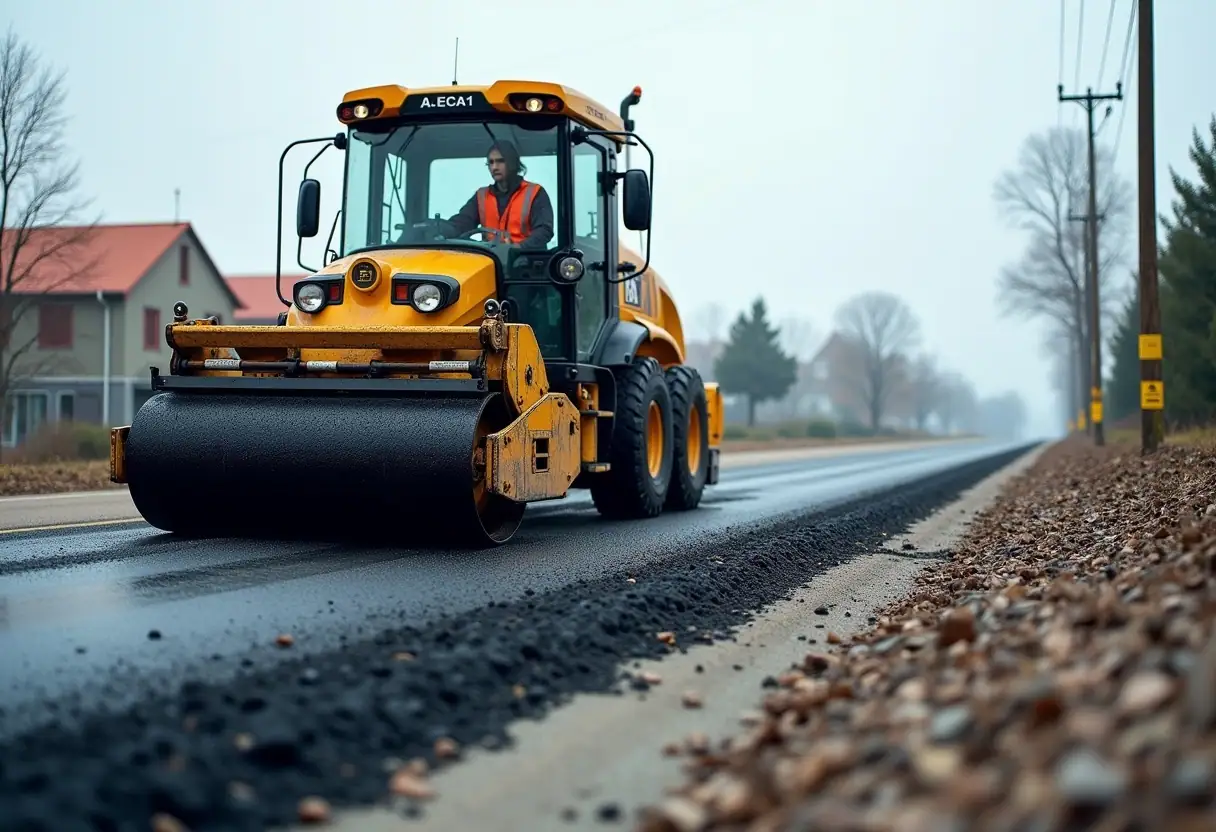
Choosing the Right Road Construction Equipment: A Complete Guide
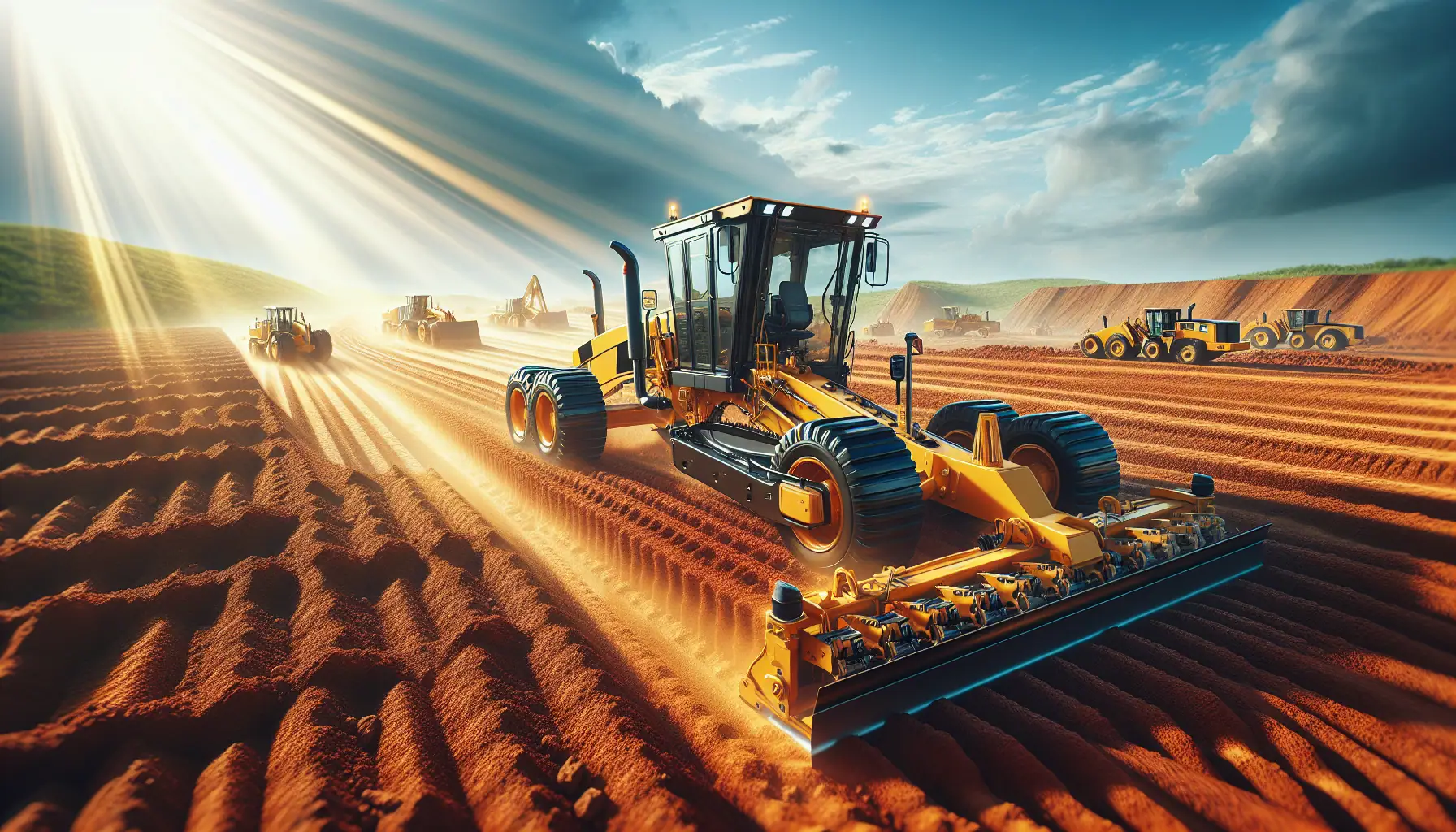
Motor Graders: Key Elements to Consider for Optimal Selection
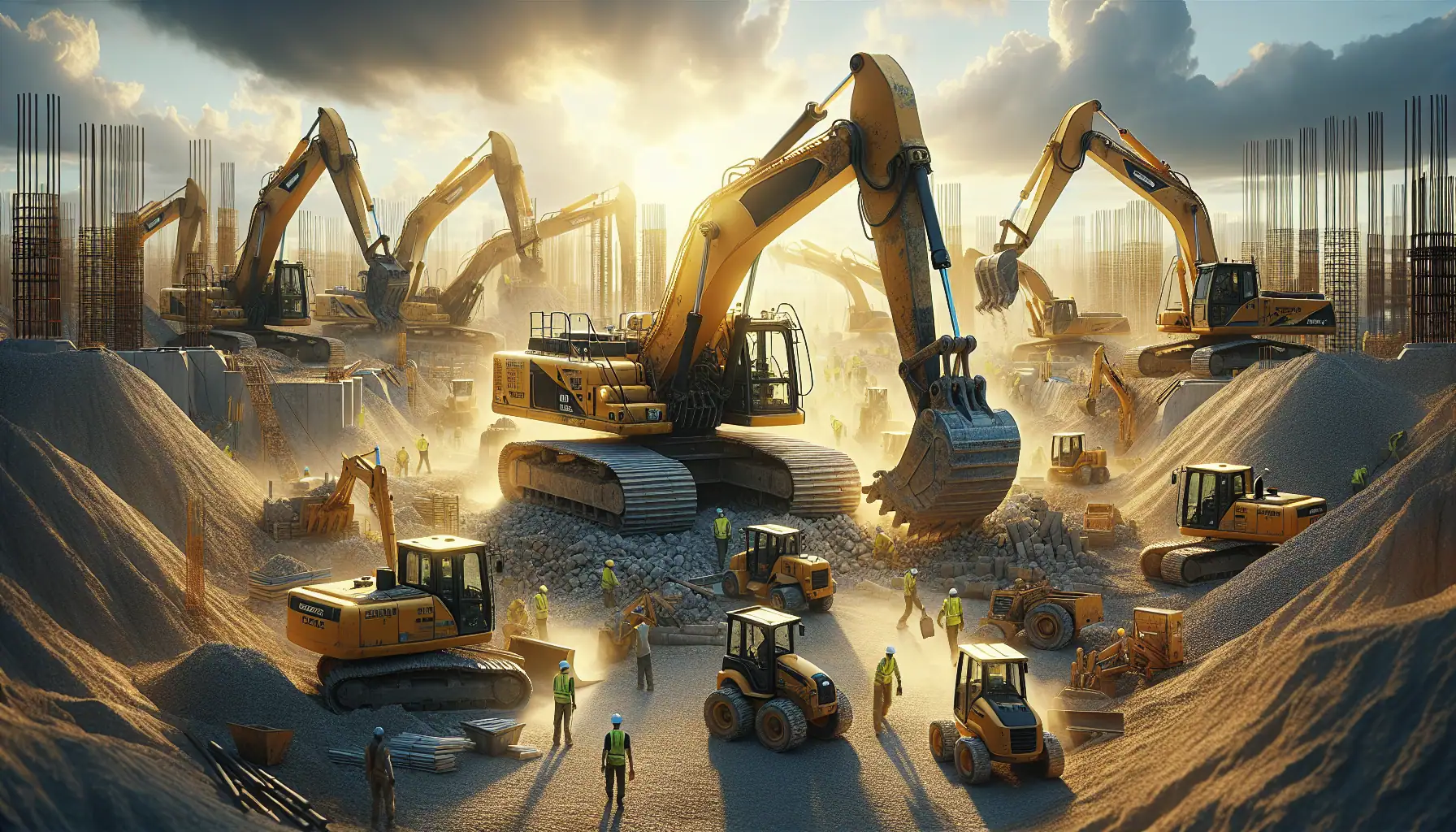
A Detailed Guide to Choosing Excavators for Construction Work

Top Tips for Choosing Cranes for Construction Projects
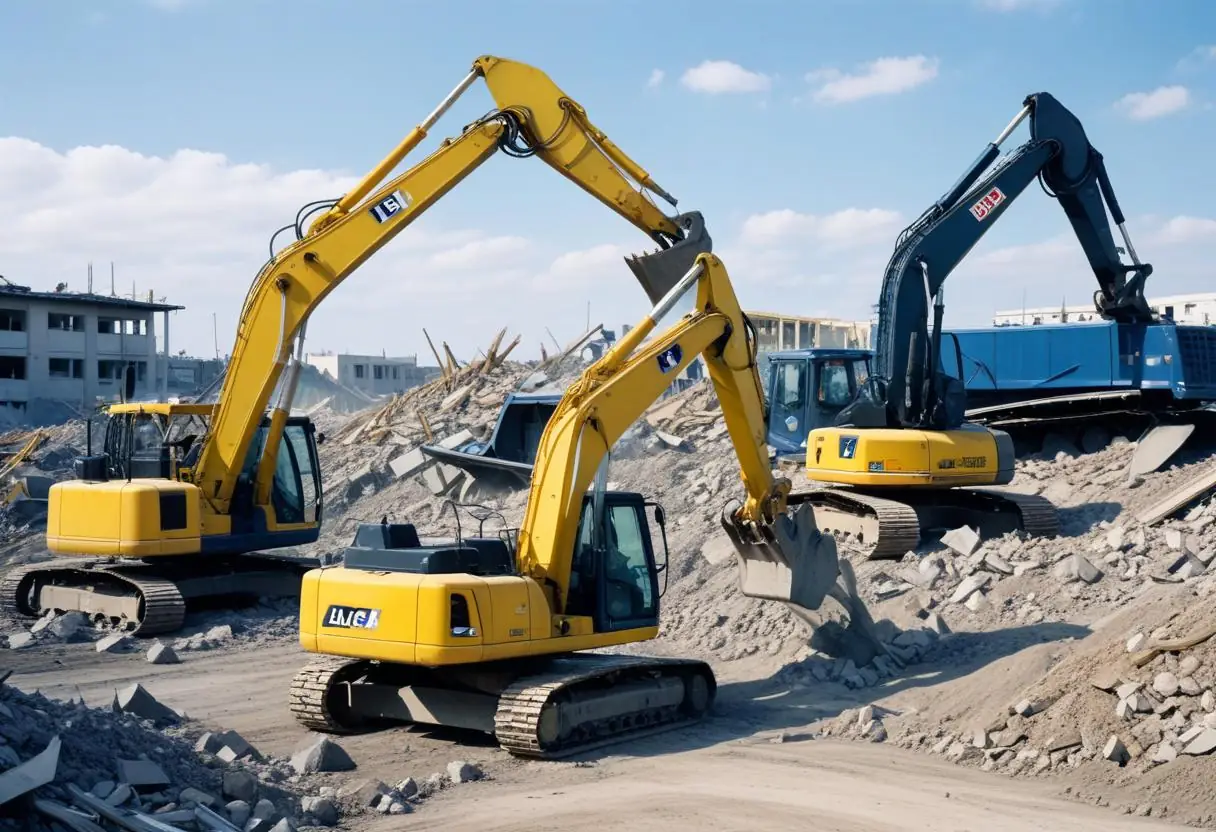
5 Top-Rated Demolition Machines for Construction Professionals
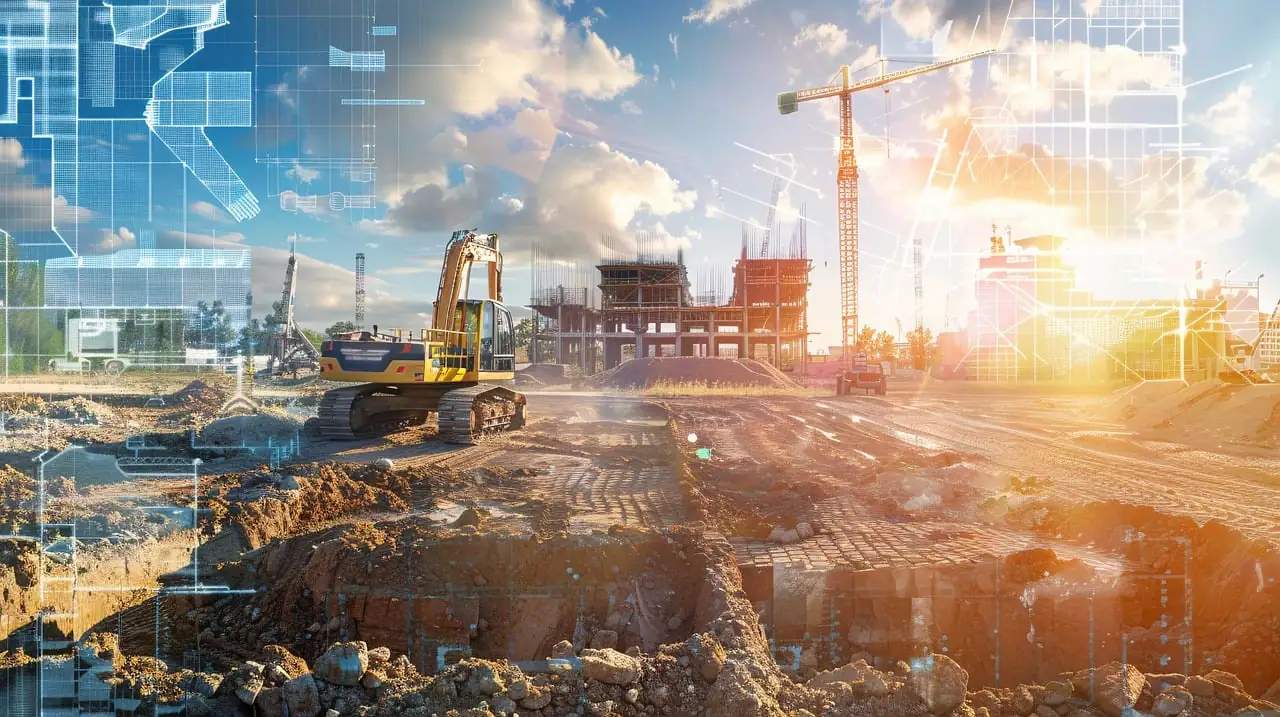
Expert Tips on Choosing Earthmoving Equipment for Large Projects
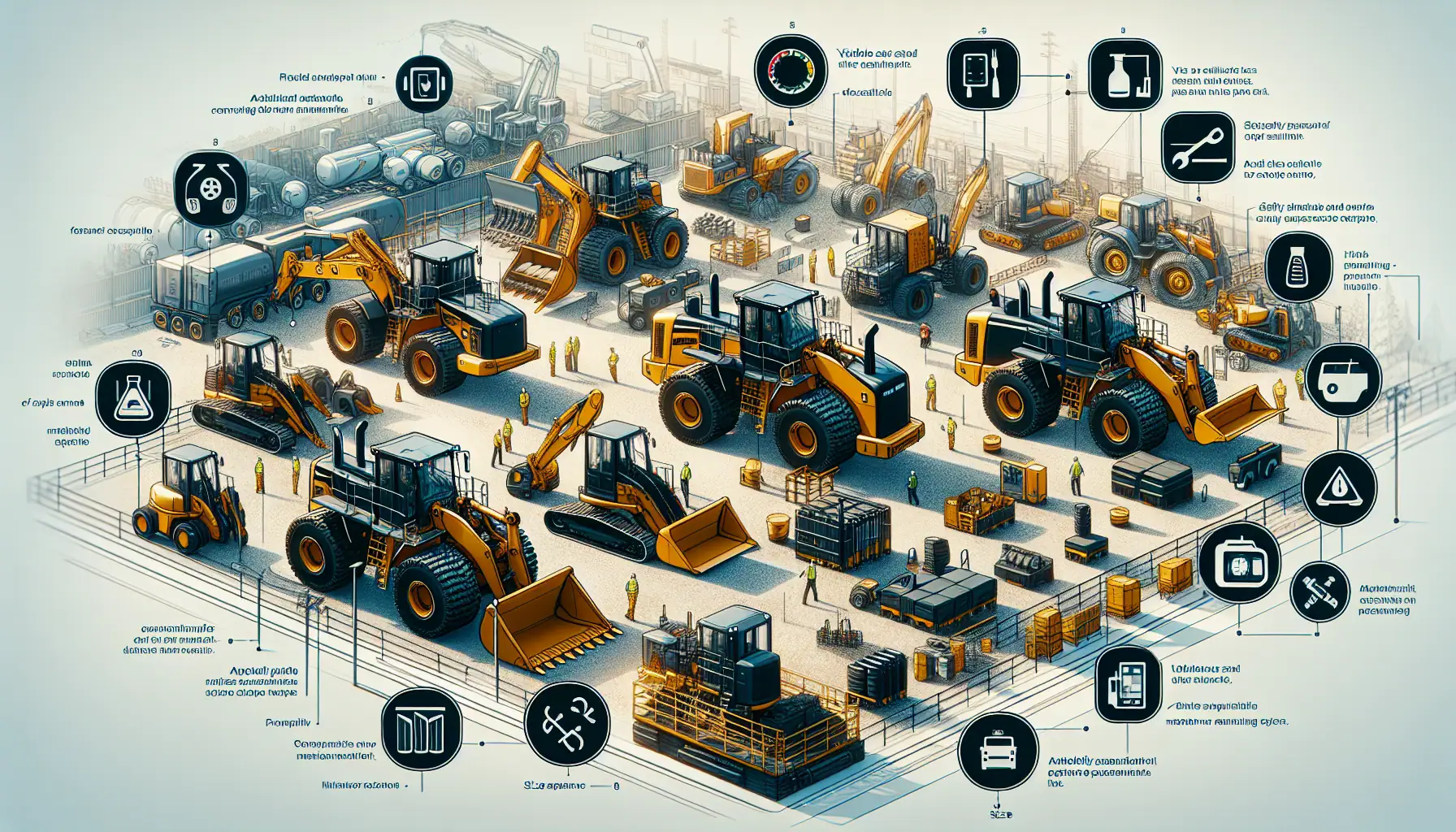
Top Functional Criteria for Selecting Heavy Construction Equipment
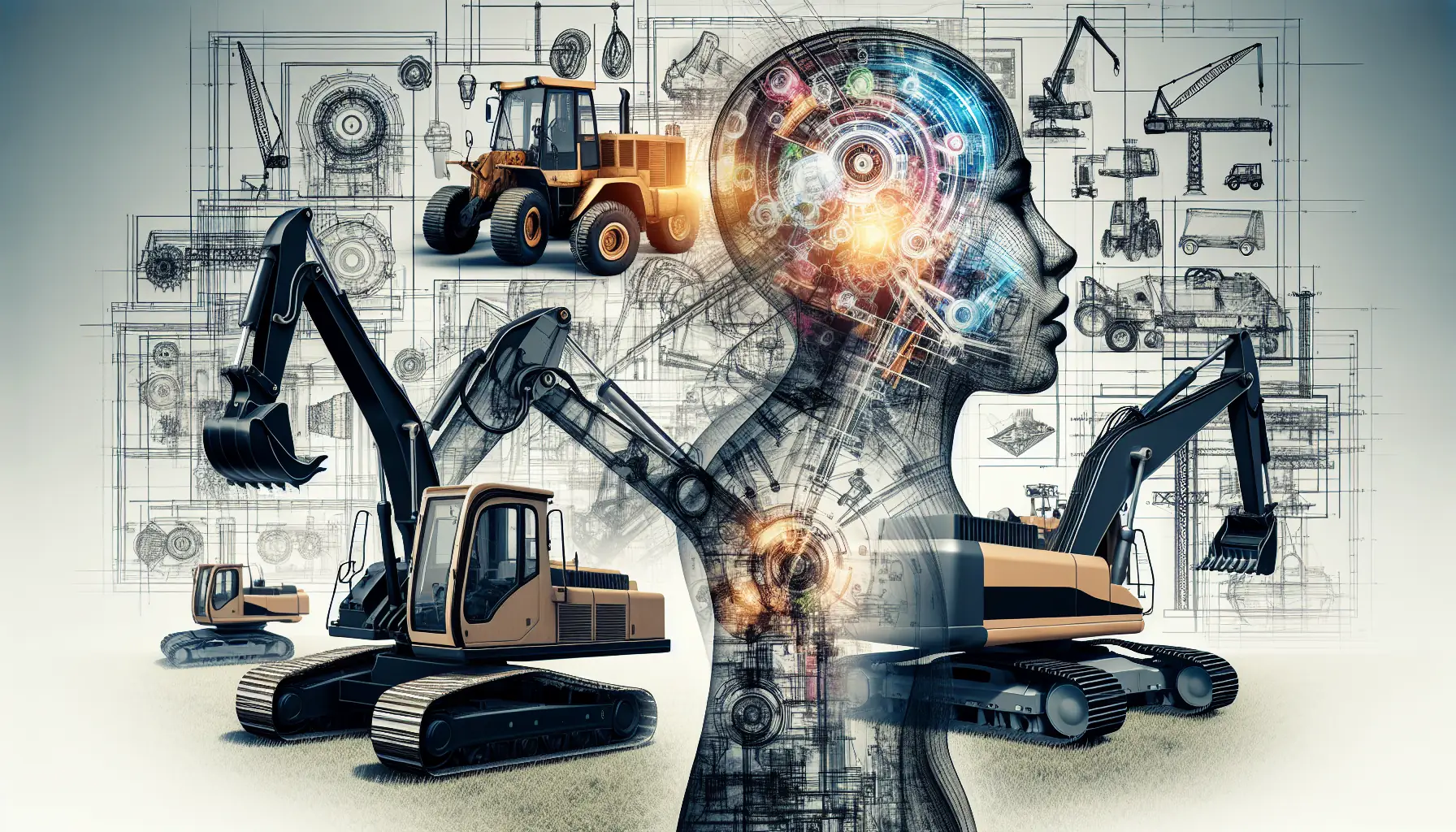
Construction Machinery: Detailed Guide to Equipment Specifications
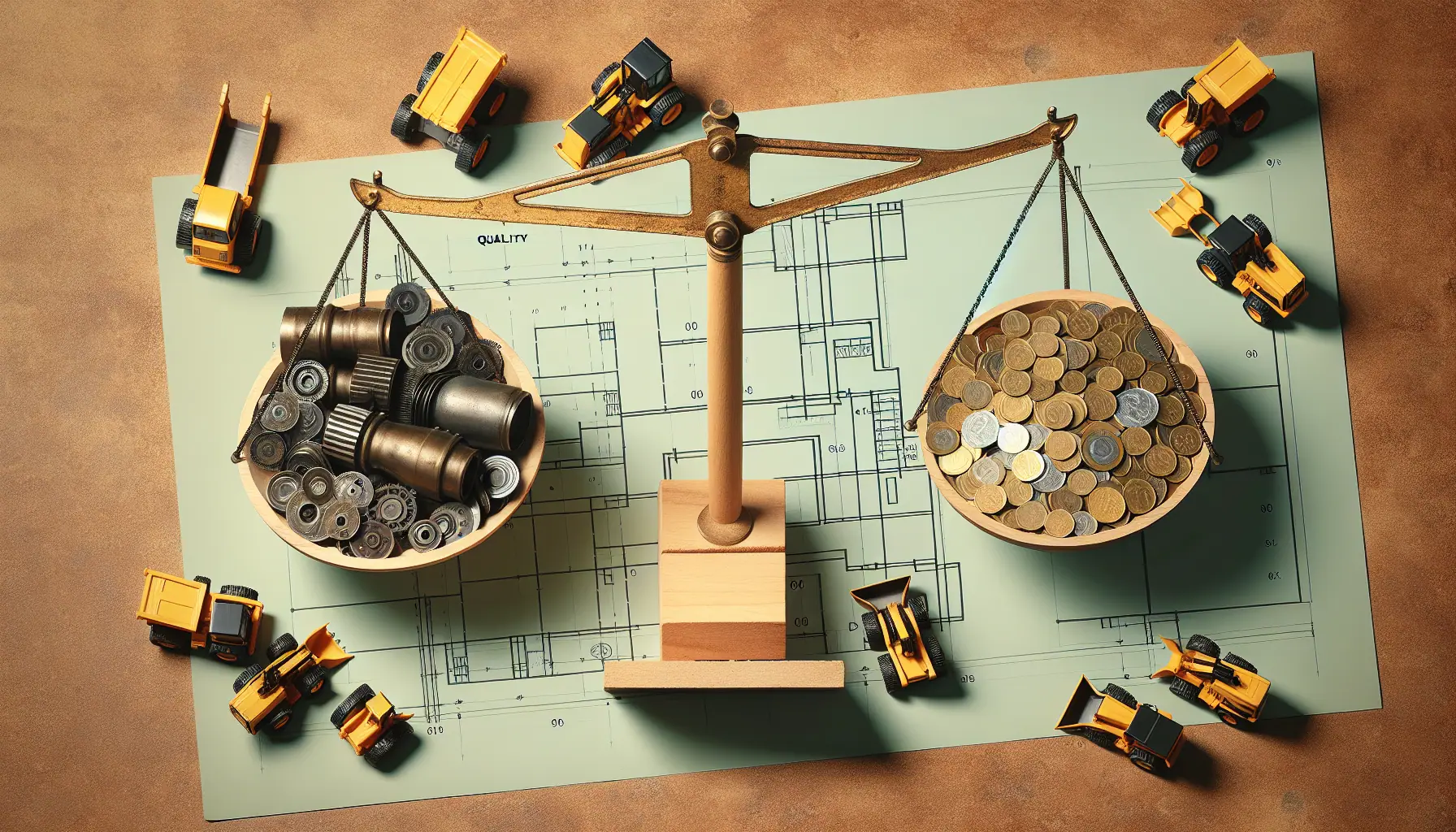
Heavy Machinery Prices: Key Factors in Cost and Quality Balance

Best Construction Heavy Equipment Brands: Pros and Cons
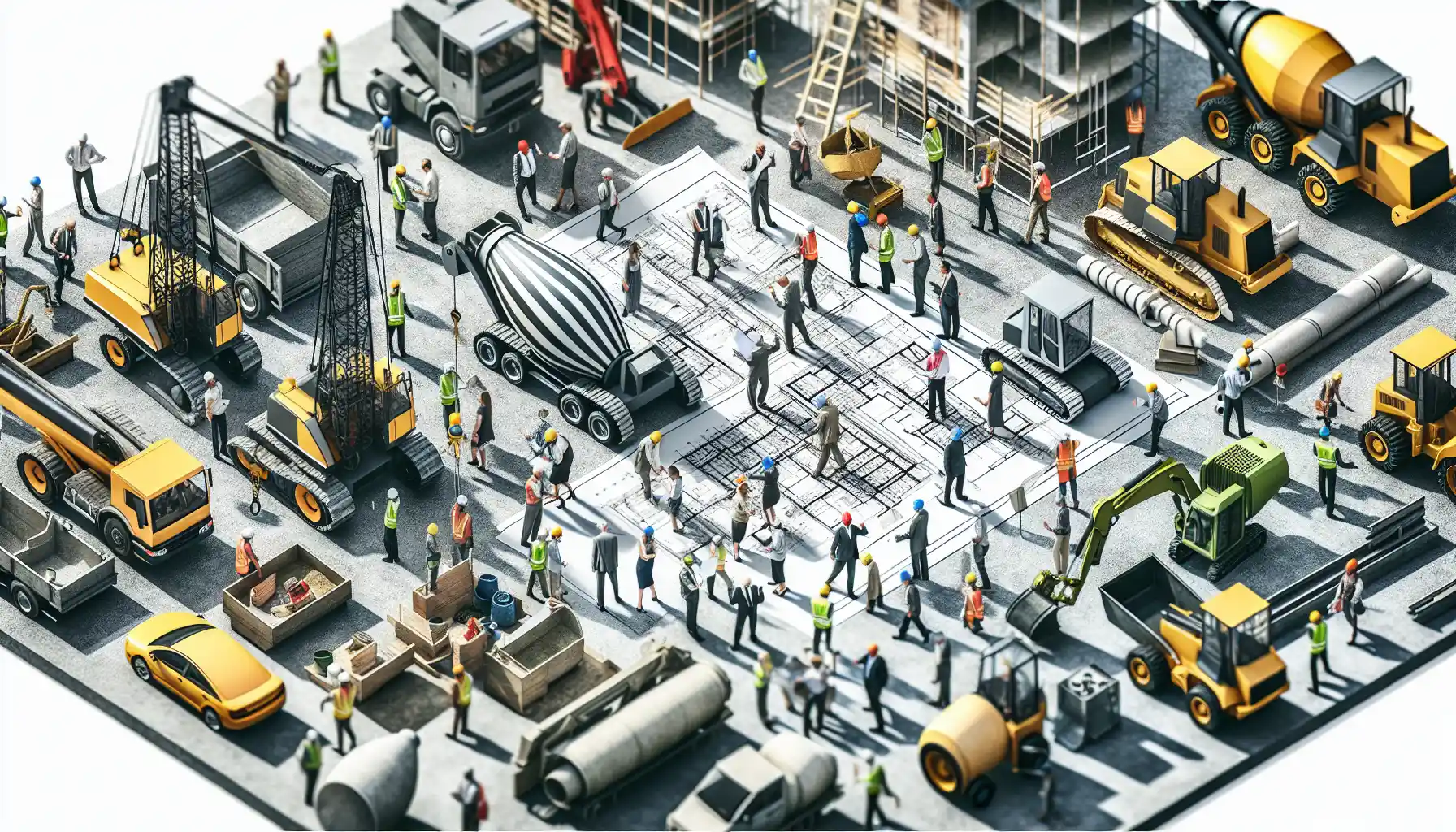
Construction Site Equipment: How to Determine Your Requirements

Maximizing Safety: Risk Management for Construction Projects

Innovations in Construction: Transforming Machinery and Equipment
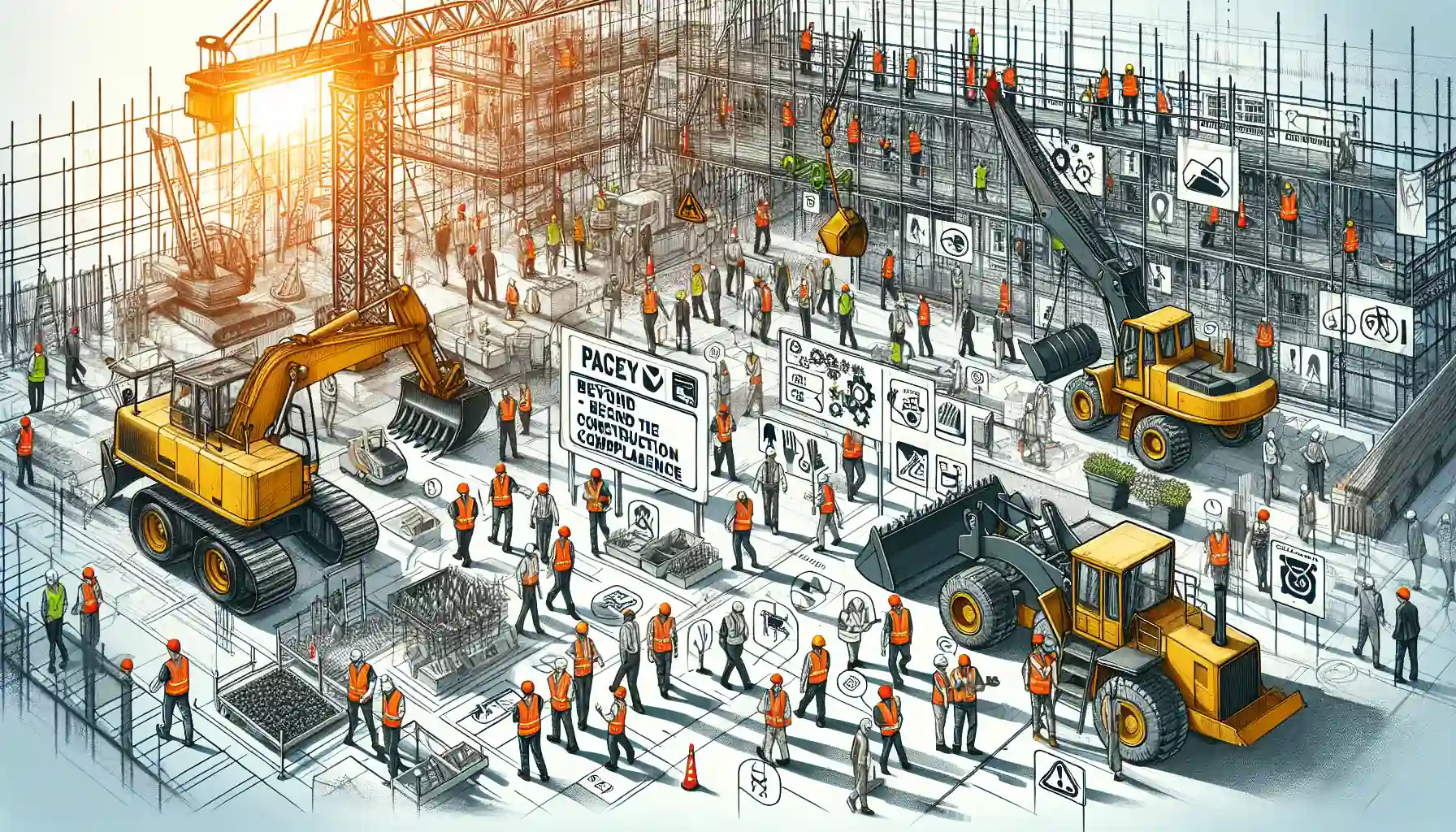
Heavy Equipment Safety: Beyond the Basics in Construction Compliance
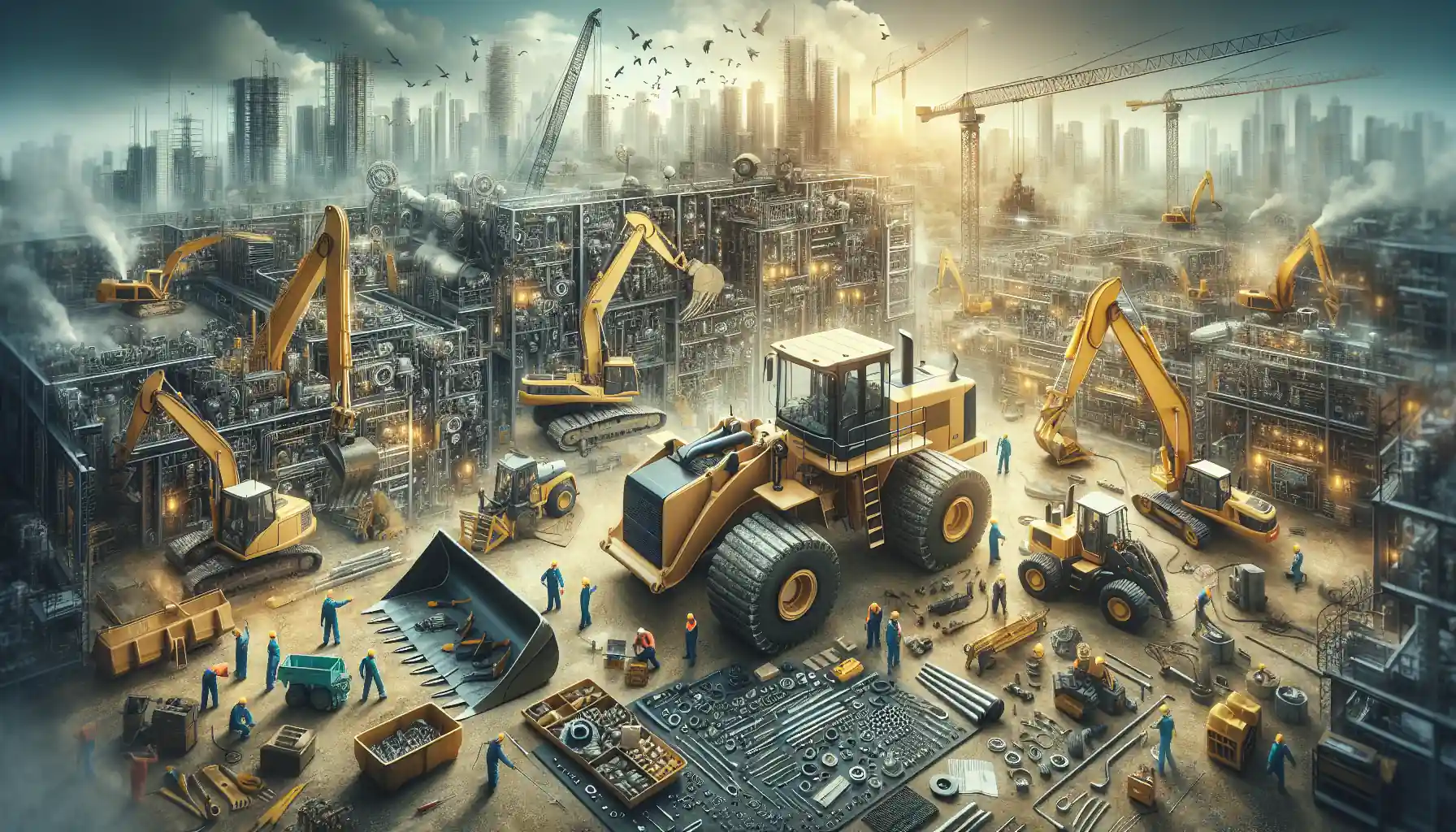
The Essential Handbook for Construction Equipment Repair and Maintenance

How to Efficiently Source Oil and Gas Machinery Parts in NYC

Essential Guide to Sourcing Agriculture Equipment Parts
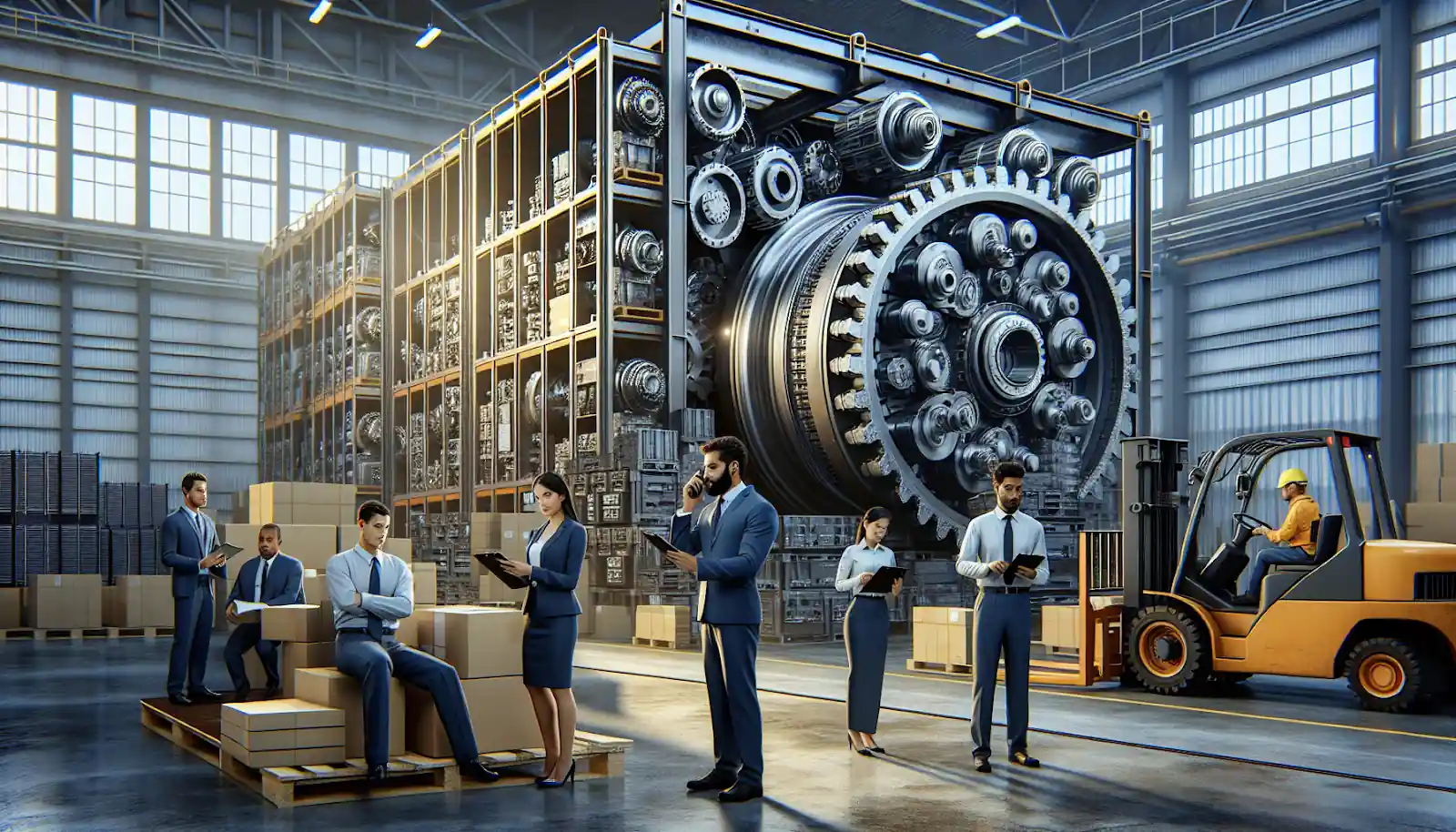
How to Source Mining Machinery Parts: Tips and Strategies
